- Home
- Fur Traps
Fur Traps
This post may contain affiliate links so I earn a commission.
Fur traps are available in a variety of different styles and they're produced by several different manufacturers.
In fact, there are so many different options that sometimes it's hard to decide which style will work best for your individual needs.
Before you decided to buy your first trap or replace those old rusty ones sitting in your shed, you should ask yourself a few basic questions.
What size trap do I need?
What style should I use?
What brand is the best choice for me?
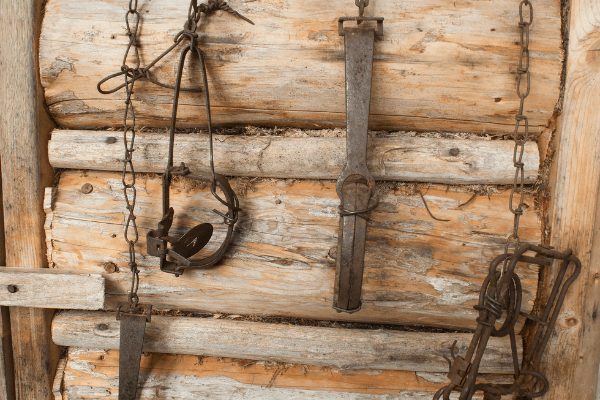
Or maybe most importantly, what's your budget?
Traps are not cheap, so choosing the best possible trap that fits both your needs and your budget is important.
Choosing A Fur Trap
First, what's your targeted species?
Choosing the right sized trap is one of the most important steps to becoming a successful trapper.
Using a trap that's too big may result in missed catches.
Using a trap that's too small may result in trap loss or animal escape.
Plus, if you're going to target several different furbearers you're going to need a variety of different sized traps and styles.
Muskrats for example can be trapped with relatively small, inexpensive foothold traps or conibears.
A #1 foothold or 110 conibear works great for a muskrat.
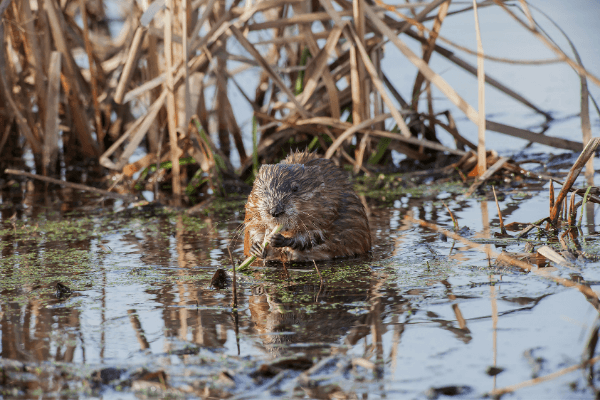
Beavers on the other hand are very strong animals and require much larger, heaver, more expensive traps.
Second, what style of trap should you choose?
Your targeted species, geographic location and local laws will all dictate which style of trap you should select.
For example, some states have completely outlawed foothold traps while other states allow them without many restrictions.
It's important to read and understand your local laws before you purchase any traps.
Foothold Fur Traps
Foothold traps are very popular and they work great for trapping a variety of different animals.
Coil spring footholds are the most common and widely used foothold.
They're popular because they are very compact and powerful, which makes them easy to conceal in a dirt hole set for fox or coyotes, or they work great for castor mound sets for beaver.
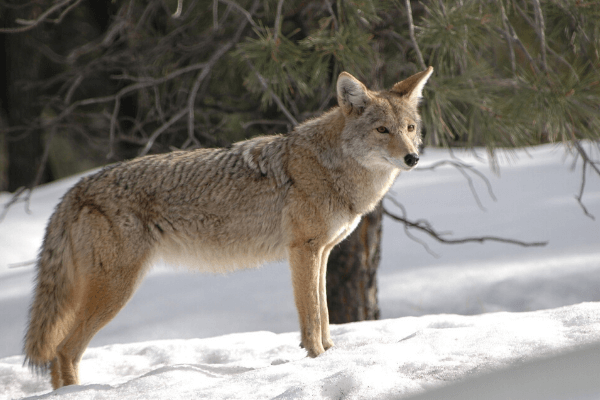
You can also choose to purchase long spring foothold traps that work really well for trapping muskrats because the longer spring makes the traps easy to compress and set while you're wading through the marsh.
I love to use long springs on a board set for muskrats, but as coil springs become the dominate foothold trap on the market, long springs are becoming harder to find.
Offset Fur Traps
Offset traps are required by law in some states when setting a foothold on land.
In an offset trap, the traps jaws do not completely close which reduces broken bones in the animals foot, while allowing blood flow to continue.
There's a long lasting debate on whether or not offset traps are better than a standard coil spring trap, but if you're trapping in an area where there's a possibility of catching domestic animal, it's a great option to have in your bag.
Trapping Snares
Trapping snares are cheap, easy to carry and easy to set, making them a popular choice for many trappers.
You've probably watched someone on a television survival show making a rabbit snare to catch a rabbit for food.
They're popular because you can make dozens of sets without a lot of effort and they won't break your pocket book in the process.
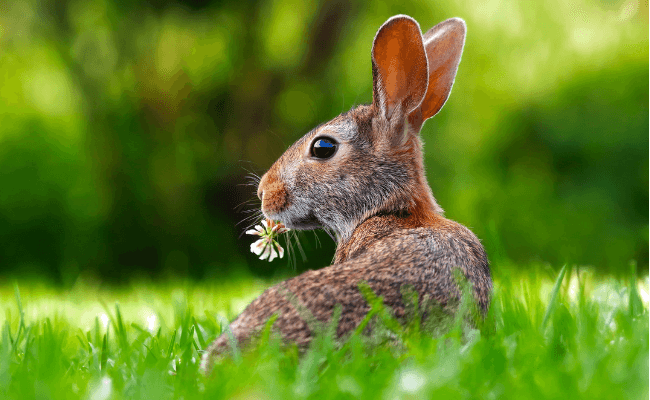
Rabbits are not the only thing you can target with a snare.
Mink, beaver, pine marten and even coyotes can all be successfully trapped using snares.
Live Animal Trap
A live animal trap works great for trapping an animal for relocation.
Pest control companies commonly use them to live trap raccoons, skunks, opossums and even groundhogs that are damaging your home or property.
Raccoons are probably the most common nuisance for most homeowners.
As they raid your garbage cans or pet food, eventually you'll need to trap them and get rid of them.
Since you don't want to set a foothold trap near your pets food dish, a live trap works great for humanely trapping the animal so it can be relocated to a new area.
Conibear Trap
A conibear trap, also called a body gripping trap, is a popular choice for beaver sets, muskrat and mink.
Since they're designed as a kill trap, many states don't allow the traps to be used on land and they require them to be submerged under the water.
Ranging from small 110 sized traps that have springs you can compress by hand for muskrats, to large 330 sized traps for beaver that need specialized tongs to set, these traps are a must have for anyone who traps around water.
Do you use conibear traps? Read here about the conibear safety gripper and see why everyone should use one.
Which Brand Of Fur Traps Should You Use?
With a variety of options on the market how do you decide which company you should use?
When comparing trap manufacturers you will notice a variation in two major elements....price and the overall strength of the trap.
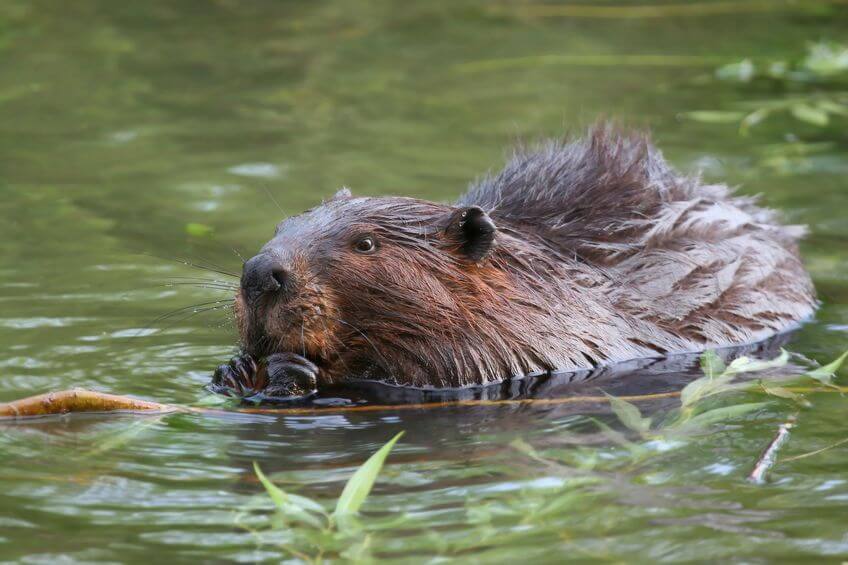
When comparing two similar traps made by two different companies it's not uncommon for one trap to be less expensive but you'll notice the trap springs might be weaker.
Check out the links below which detail two very popular trap manufactures.
Trap Preparation And Maintenance
Your new traps will come in a box and the traps will be shiny and covered with oil and grease.
In order to use your new traps you should clean off the oil, allow them to rust a little bit then dip them in a dye to turn the shiny new metal into a nice deep brown or black color.
This article on dyeing and waxing traps contains step-by-step instructions for dyeing traps using logwood dye.
Overall - Fur Traps
Take the time to research and shop around for a fur trap that's right for you.
Whether you trapping furs for profit or simply trying to catch a nuisance animal, using the correct trap size and style will make it a lot easier to catch your targeted species.



